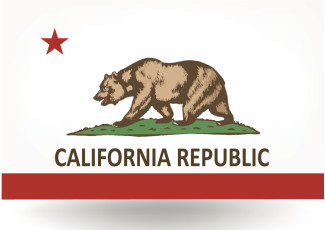How N.C. Prepares Community College Leaders
By Dennis Pierce
June 29, 2016
The North Carolina Community College Leadership Program has a long record of success. Here’s why.
Since its inception in 1989, the North Carolina Community College Leadership Program (NCCCLP) has trained more than 900 community college employees to become more effective leaders. Some 300 of the program’s graduates are now presidents or associate vice presidents of community colleges in North Carolina or elsewhere.
But the program doesn’t focus on just the very top levels of leadership, its organizers say — and that’s a key reason it has been so successful.
The evolution of the program
The program began when former governor and then-president of the North Carolina Community College System, Bob Scott, requested a program to develop leadership skills for the state’s community college employees.
He asked the North Carolina chapter of the American Association of Women in Junior and Community Colleges for help creating the program. The organization developed a curriculum intended to enhance the leadership skills of employees at all levels of a college — while also increasing the pool of women and minorities who serve in leadership positions.
For its first several years, the state community college system funded the program. Now, it’s self-sustaining, supported by the $1,000 participant registration fee, and NCCCLP graduates serve in key roles. The program runs from October through May each year and includes a two-day retreat each month, except November.
“Our purpose is to develop community college leaders who connect, care and collaborate,” says Margaret H. Annunziata, director of student success initiatives for Davidson County Community College and current NCCCLP director. “We are enhancing skills for both current and future leadership roles, and we’re developing leaders who can focus on student success and preparing them to meet future challenges.”
The curriculum has evolved over the years, says Pat Akers, one of the program’s founders and the owner of P.A. Training Solutions. While certain core skills have been taught since the beginning — such as how to communicate effectively, resolve conflicts, understand one’s leadership style and effect change — program organizers have added new skills in response to the changing times, such as data-informed decision making and calculated risk-taking.
The program is highly experiential. Participants work in teams to design an ideal community college and to solve simulated problems based on real-life scenarios. For example: Your budget has to be cut by 2 percent. Where are you going to cut from?
“We put them in a lot of situations where they have to think on their feet,” Akers says.
Breaking down silos
Networking is another key component of the program, and participants often continue to get together after graduation. The program also offers leadership seminars for alumni to continue their learning; one recent event was titled “Attentive, Approachable and Accountable Leadership.”
Annunziata believes the program’s greatest strength is that it draws participants from all levels of a college. “We always hear about the silos that exist between community college departments,” she says. “Having participation from all levels helps break those silos down, because participants begin to understand all the different perspectives within a college — and they return to their campus with a broader viewpoint.”
She adds: “This program gets people working collaboratively and respecting all the different perspectives that are necessary to make a community college a success.”






